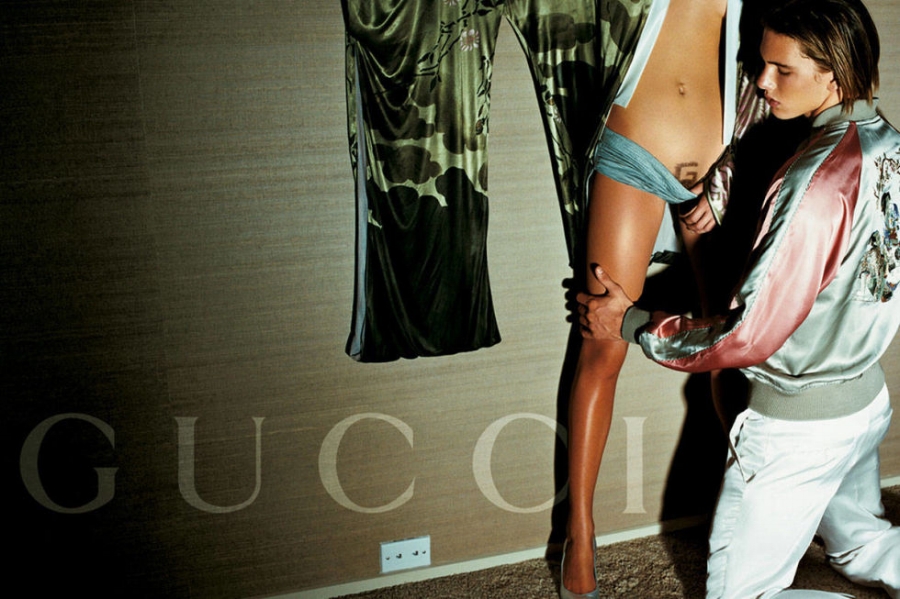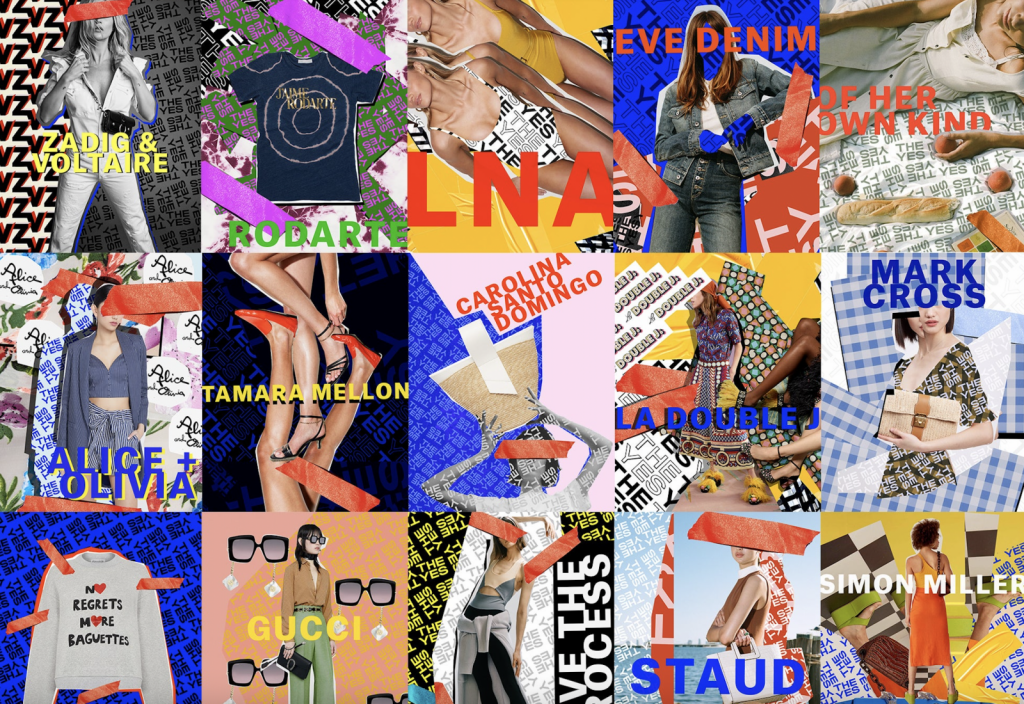PART III – In February 1999, the Gucci Group abruptly issued 37 million new shares in its company, creating a brand new 42 percent equity stake. No one was more surprised by the move than LVMH. In the preceding months, LVMH, the mighty Paris-based luxury goods conglomerate and its aggressive chairman Bernard Arnault, had very quietly amassed a whopping 34.4 percent stake in Gucci and was – Gucci’s executives feared – planning a hostile takeover of the Italian design house. In an attempt to fend off what it viewed as an inevitable “corporate raid,” Gucci issued the new shares, all 37 million of them, a move that diluted LVMH’s ownership stake to a mere 20 percent.
In a matter of minutes, Gucci essentially robbed LVMH of a 14.4 percent stake.
This was a declaration of war, and Gucci was just getting started. Roughly a month later, the brand, under the watch of then-CEO Domenico De Sole (and with Tom Ford at the helm selling sex by a Gucci label), agreed to sell that newly-created 42 percent equity stake to PPR … instead of LVMH … for $3 billion. To make matters worse for LVMH, on the same day as the news of the Gucci Group/PPR deal broke, Bernard Arnault’s “right hand,” Pierre Godé was scheduled to continue negotiations with Bob Singer – Gucci’s then-chief financial officer – in furtherance of an LVMH, Gucci deal.
“Next week,” wrote the New York Times on March 12, 1999, “both companies will send representatives to Amsterdam in an attempt to settle their differences … Gucci and LVMH are expected to discuss ways to insure Gucci’s independence [in light of a proposed LVMH takeover]. De Sole, has said that a bid by LVMH for the rest of Gucci would be the preferred solution; barring that, a noninterference agreement might be negotiable.”
If reports are to be believed, LVMH had found out about the deal – shortly before that scheduled meeting – in the same way as everyone else: in the news.
In light of the Gucci/PPR deal, which was revealed in March 1999, LVMH did not back down. In fact, it did just the opposite. After placing two failed bids to purchase 100 percent of Gucci, including the PPR shares, first for $81 and then $85 per share (ultimately, $10 more per share than PPR’s $75/share offer), LVMH sued to block the Gucci, PPR deal.
LVMH alleged that Gucci had run afoul of the law by issuing the “poison pill” shares, a tactic utilized by companies to prevent or discourage hostile takeovers, usually through the issuance of new preferred shares in order to make shares of the company’s stock look unattractive or less desirable to the acquiring firm. The move was nothing more than Gucci using “legal trickery” to “circumvent” LVMH’s bid for board representation and to deprive LVMH of its rightfully-owed voting rights, according to LVMH.
The Italian design house needed to be held accountable for this legal wrongdoing immediately, LVMH’s counsel argued. After roughly two months in court, Gucci and PPR formally got the go-ahead after a Dutch Court upheld Gucci’s sale of a 42 percent stake to PPR.
“I’m very happy. It is a great victory for us. [LVMH can] continue to torment us but they’re not going to get very far,” De Sole declared.
The Legal Aftermath
“Torment” Gucci is just what LVMH intended to do. The Gucci/PPR deal may have been considered closed as of May 1999, but the ugly aftermath carried on for years in and out of court.
Something needed to be done with the 34.4 percent of LVMH-owned Gucci shares, for one thing. And Gucci, displeased with LVMH’s allegations that it had acted in a less-than-transparent manner in furtherance of its deal with PPR, filed suit in late 2000 in Paris. The company accused LVMH of ”defamation and dissemination of false information” and said it was taking action in response to “the unsubstantiated and baseless accusations made by LVMH earlier this week attacking the integrity of key Gucci executives.”
One of PPR’s key qualms: LVMH’s assertion that De Sole and Gucci’s then-creative director Tom Ford received a secret kickback – by way of hundreds of millions of dollars in Gucci options – for selling control of the company to French conglomerate PPR. ‘There was no secret plan,” said a Gucci spokesperson in conjunction with the lawsuit. “The [stock] options were granted after the deal was done.”
LVMH responded to PPR’s accusations by announcing that it would also file a criminal defamation action of its own, naming Serge Weinberg the CEO of PPR, and De Sole as defendants, in connection with statements made to the press in late November 2000.
In March 2001, a Dutch court ordered detailed investigations into the Gucci-PPR deal, as well as the ESOP. The court ultimately dismissed the charges against the ESOP, and its implementation was declared completely legal. At the urging of Dutch investigators, the LVMH and PPR managed to resolve their dispute over Gucci out of court by way of a settlement agreement, according to a Securities and Exchange filing made by LVMH for the fiscal year that ended on December 31, 2002.
According to that filing, “In September 2001, the PPR, Gucci and LVMH groups resolved this dispute through a settlement agreement providing for the following: PPR’s purchase from LVMH in October 2001 of 8.6 million Gucci shares at $94 dollars per share, for a total of $806 million dollars; the payment by Gucci in December 2001 of an exceptional dividend of 7 US dollars per share; given LVMH’s residual interest on that date, this resulted in earnings of $81 million dollars; a takeover bid by PPR in March 2004 for all of Gucci stock at a price of $101.5 dollars per share.”
It further noted that, “In December 2001, LVMH sold its residual interest of 11.6 million shares to Crédit Lyonnais for 1,037 million US dollars (approximately $89.6 dollars per share). The share sale agreement also contains an earn-out provision entitling LVMH, where applicable, to a price supplement until March 2004 that depends on the price of Gucci shares and the dividends paid by Gucci during that period.”
Also central to the settlement agreement: PPR, Gucci and LVMH agreed to release all outstanding claims and withdraw all pending litigation, and no lawsuits have been filed since. Interestingly, when the parties agreed to settle the matter in its entirety, LVMH, having made a profit of $700 million from its Gucci shares, declared victory. “As a whole, the deal was a legal and financial success for LVMH,” a spokesman for the conglomerate said at the time.
Shortly after the settlement agreement, De Sole told the Guardian that while he felt no personal animosity towards Arnault – “We have a lot of competitors, and some of them are friends” – the battle led to “things becom[ing] very nasty and very personal on their part.” The official statement from an allegedly relieved Gucci team stated: “We can all get on with our businesses.”
The Last Chapter
The last chapter of this book did not close until March 2004, when PPR offered to buy the final remaining shares of the Gucci Group that it did not already own. Shortly after the completion of PPR’s long-awaited $8.8 billion buyout of the company, Domenico De Sole and Tom Ford each resigned, having failed to reach an agreement for a new contract with their French parent.
They went on to launch Ford’s eponymous label together.
Reflecting on the battle in an interview with Vanity Fair ten years later, Tom Ford said: “Frankly, I think we could teach Bernard Arnault a few things about this business. His designers, you know, they’re great designers—don’t get me wrong—but they don’t have a vision.”
As for Arnault, if he was concerned with Pinault’s efforts to expand the PPR empire, he did not indicate that in 2001, when he told Time, “If I understand it properly, [Pinault’s] efforts consist of trying to imitate what we have done with LVMH, on a smaller scale. It is always flattering to be imitated.”
*Deal Dossier is a multi-part series that documents some of the most significant fashion acquisition developments of the past and present.











